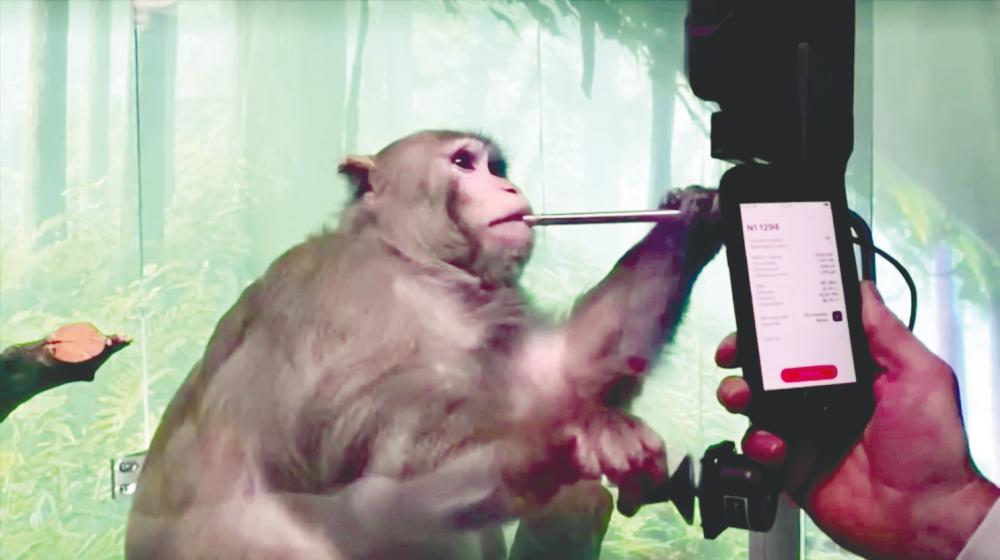Contemplating the silent suffering of creatures incapable of articulating their emotions accentuates the contentious nature of animal testing, stirring divergent sentiments among supporters and critics alike.
This complex issue remains divisive, with some endorsing the selective use of animal testing while condemning its application in
other areas.
The practice of testing cosmetics on animals is deemed inhumane and unnecessary, given the existing array of safe-use ingredients, obviating the need for further experimentation.
The Federal Food, Drug and Cosmetic Act specifies cosmetics as articles designed for use on the
human body for cleansing, enhancing aesthetic appeal or modifying appearance without significantly impacting the body’s structure or functions. For example skin creams, lotions, perfumes, lipsticks, fingernail polishes and eye and facial make-up preparations.
According to statistics, over 500,000 animals endure suffering and perish each year due to cosmetic testing. There are various invasive tests done on animals such as rabbits, mice, guinea pigs and rats, including distressing procedures such as skin and eye irritation assessments, in which chemicals are applied to shaved skin or dropped into their eyes without pain relief.
These animals are frequently subjected to excruciating pain, and at the end of the experiments, they are usually euthanised by asphyxiation, neck-breaking or decapitation.
The majority of this practice is adopted by large beauty corporations as a shield against potential litigation by claiming that their products have undergone rigorous testing and are thus safe for consumers.
However, the unreliability of animal testing outcomes persists, given the varied reactions across different animal species.
The Malaysian Code of Practice (2010) states that its goal is to ensure “the ethical and humane care and use of animals”.
According to the Code of Practice, it is also the responsibility of researchers and institutions to ensure that animal welfare is always taken into consideration to promote the development and use of techniques that can replace the use of animals, reduce the number of animals used, and refine methods and procedures to avoid pain or distress in animals.
The reliability of using animal testing is not confirmed, primarily due to the differences between animals and humans as separate species.
Animals have distinct skin types and structures that differ significantly from human skin.
What may work for one species may not necessarily apply to another. Their responses to cosmetic products can vary, making animal reactions an unreliable indicator of human responses in real-world usage.
In 1985, during a period of increased global animal testing for cosmetics and other products, 86% of the tests conducted on animals resulted in failures.
Additionally, animals used in testing are often exposed to higher concentrations of substances than humans would encounter through cosmetic use, leading to exaggerated responses that may not occur under normal conditions. They may not exhibit the same allergic reactions or sensitivities to certain cosmetic ingredients, resulting in false effects that do not accurately reflect potential reactions in humans.
Despite the prevalent use of animal testing, there exist numerous alternative approaches that can help curb this practice. One such approach is for companies to utilise safe ingredients when developing cosmetic products.
Many products that are made using ingredients with a well-established history of safe use already exist in the market, eliminating the need for additional testing. By consciously selecting these ingredients, companies can prioritise safety while minimising their reliance on animal testing.
Moreover, techniques such as cell culture tests can offer even greater inclusivity in assessing the safety of cosmetic ingredients. By utilising pigment-producing cells, scientists can generate 3D skin samples that closely resemble human skin. This method, which employs human cells and tissues, provides more inclusive results compared with animal models.
These modern alternatives more accurately mimic human responses to cosmetics and are often more efficient and cost-effective than traditional animal tests.
Furthermore, a faster, more ethical and less expensive method of computer modelling can be employed. An advanced computer model can effortlessly simulate facets of the human face, enabling virtual experiments. This way, greater accuracy in product testing is ensured since a simulated human face can replicate the authentic reactions and sensitivities akin to real human skin as opposed to animal testing.
To conclude, no animal should die and suffer in the name of beauty. The imperative to cease animal testing in the cosmetics industry remains paramount.
Embracing ethical and sustainable practices, such as advocating for the implementation of alternative testing methods and supporting cruelty-free products, is crucial for fostering a
more compassionate and responsible approach to product development.
By prioritising the well-being of all living beings and acknowledging the limitations of animal testing, we can pave the way for a future where innovation and progress go hand in hand with ethical considerations and respect for all forms of life.
Only through collective efforts and
a firm commitment to change can
we ensure a more humane and sustainable future for animals and consumers.
The writer is a third-year student at Universiti Sains Islam Malaysia. Comments: letters@thesundaily.com









